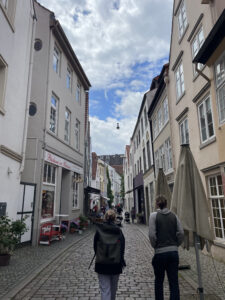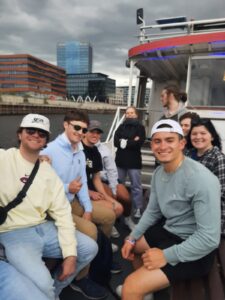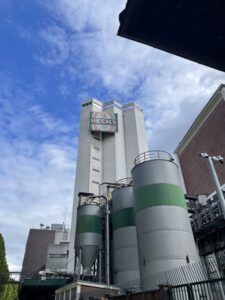by Dr. Janine Ludwig
November started with a wonderful visit from our colleague, Prof. Alyssa DeBlasio, Associate Professor and John B. Parsons Chair in the Liberal Arts and Sciences in the Russian Department at Dickinson College.
She was invited to the annual literary festival globale° (http://globale-literaturfestival.de/) at Bremen to participate in a panel discussion on November 5, 2022 under the title “Literature and Science in Times of War” (https://globale-literaturfestival.de/05-11/). The in-depth discussion centered around questions of how Russian studies and Slavic Studies in general should react to the Russian War on Ukraine, among them: Should one cancel or re-evaluate certain pieces of art or literature? How does the present influence our ways of looking at the past and its cultural products? Prof. DeBlasio made the important suggestion to de-center Russian studies from Moscow, meaning to acknowledge all the Russian-speaking people and cultures outside of a Moscow-centered narrative which needs to be critically evaluated. Oxana Matiychuk, a Ukrainian German philologist at the University of Tscherniwzi/Czernowitz, corroborated this with regard to Spanish studies which are not focused on Spain alone and German Studies which should not uncritically coopt Swiss or Austrian authors, for example.
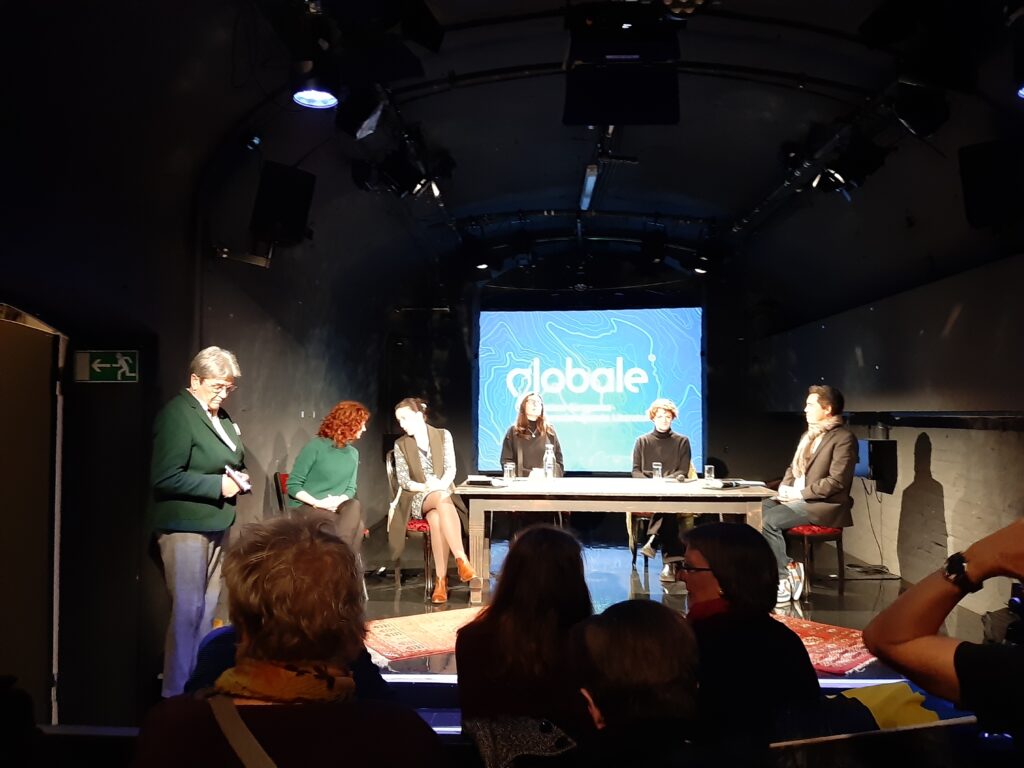
From left to right: Libuše Černá (Head of the globale° Literature Festival), Merle Meyer interpreting for Alyssa DeBlasio, Oxana Matiychuk (Chernivtsi National University), Gun-Britt Kohler (University of Oldenburg), Simon Lewis (University of Bremen)
Thankfully, Prof. DeBlasio had already been preparing for some years, together with Izolda Savenkova, a textbook to do exactly this: ПРО-ДВИЖЕНИЕ: Advanced Russian Through Film and Media. Forthcoming with Georgetown University Press, 2022.
The invitation occurred via a nice Dickinson connection which underscores the depth and impact of the long-lasting partnership between Bremen and Carlisle through our exchange program: Two former students of the University of Bremen, Merle Meyer and Daniel Schmidt, who had studied abroad at Dickinson College, were part of the organizing team of the globale°. Daniel, who had taken a class on “Philosophy and Literature” with Prof. DeBlasio, invited her to contribute a text on the letter “Z” for an event at the Bremen Theater in March (https://www.theaterbremen.de/de_DE/wort-ergreifen-2) and then invited her to the globale°. Maybe this can be seen as a reminder of how important international communication and cooperation still is – these days more than ever.
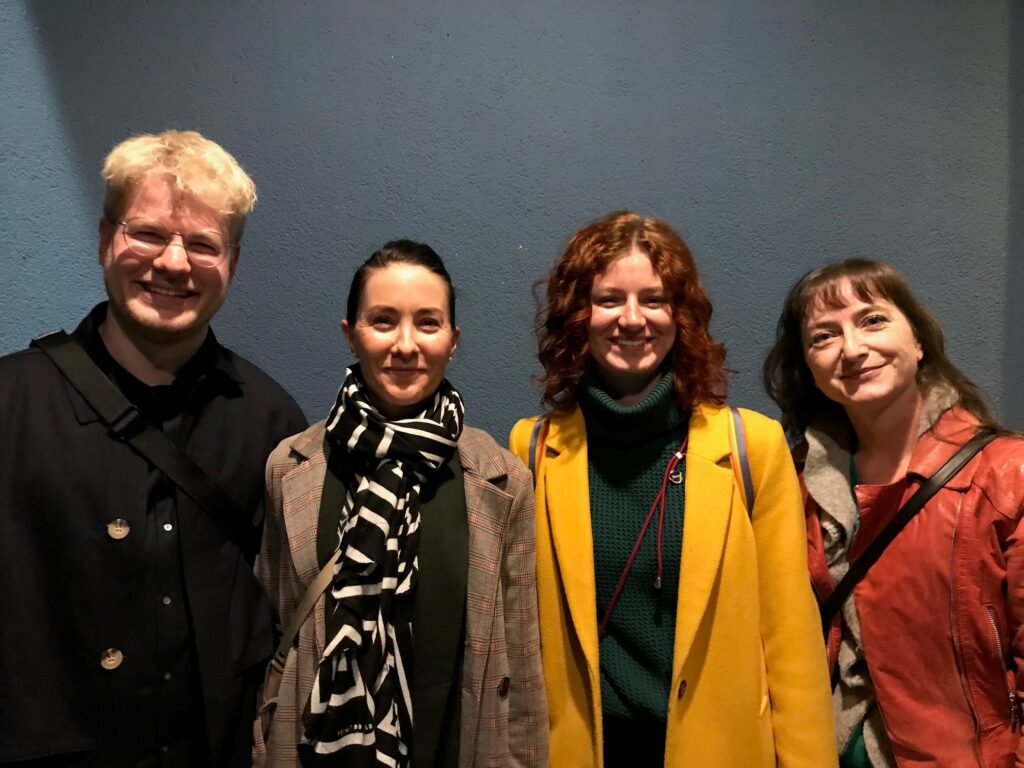
Daniel Schmidt, Alyssa DeBlasio, Merle Meyer, Janine Ludwig (from left to right)
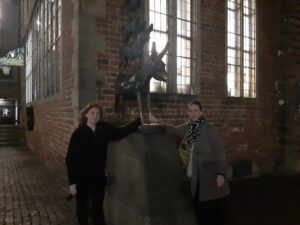
Vasilisa Pallis, student of German and Russian Studies, currently studying in Bremen, with her professor DeBlasio at the statue of the Bremen Town Musicians, making a wish
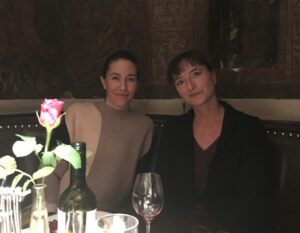
Alyssa DeBlasio and Janine Ludwig at the Bremer Ratskeller
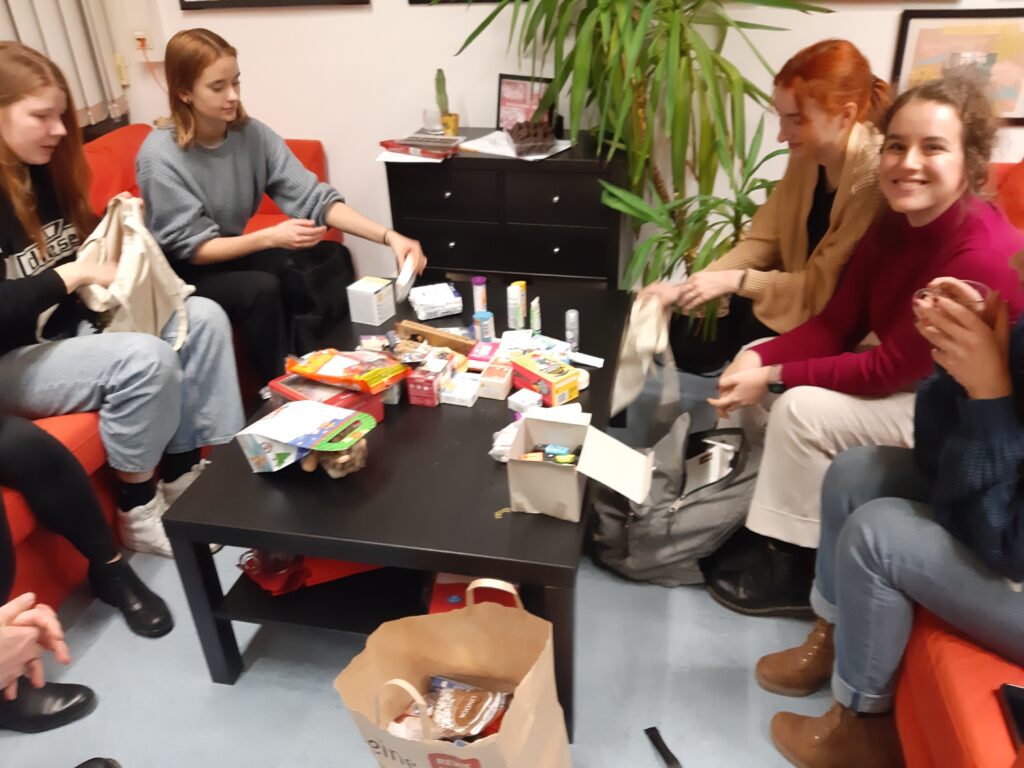
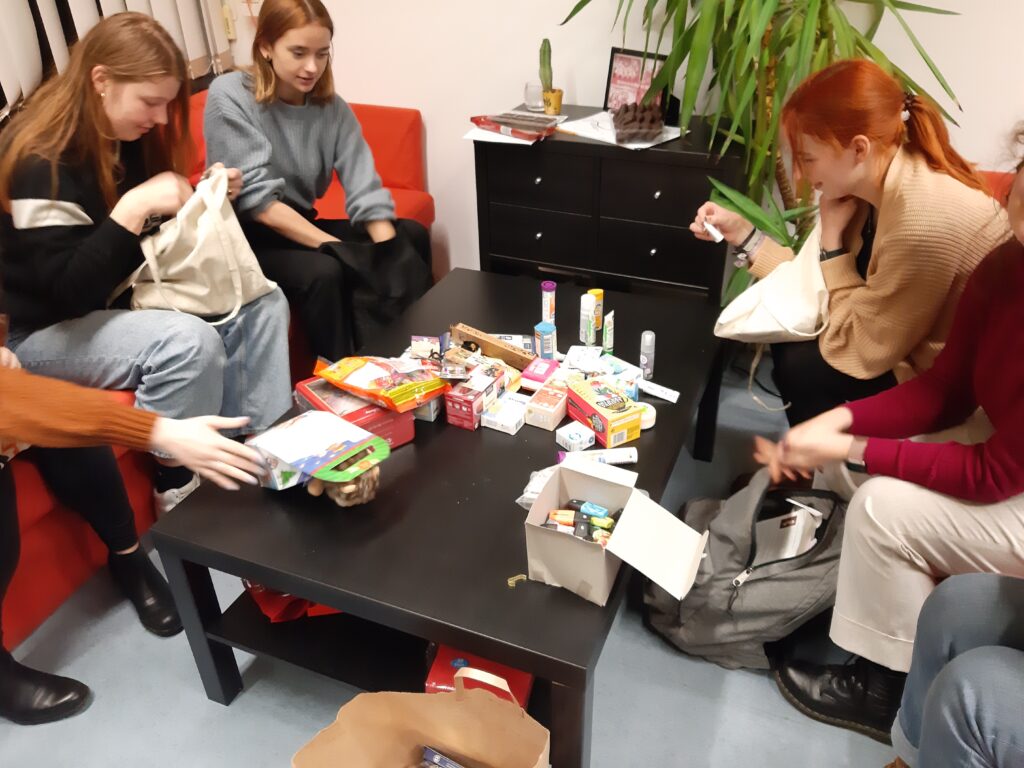
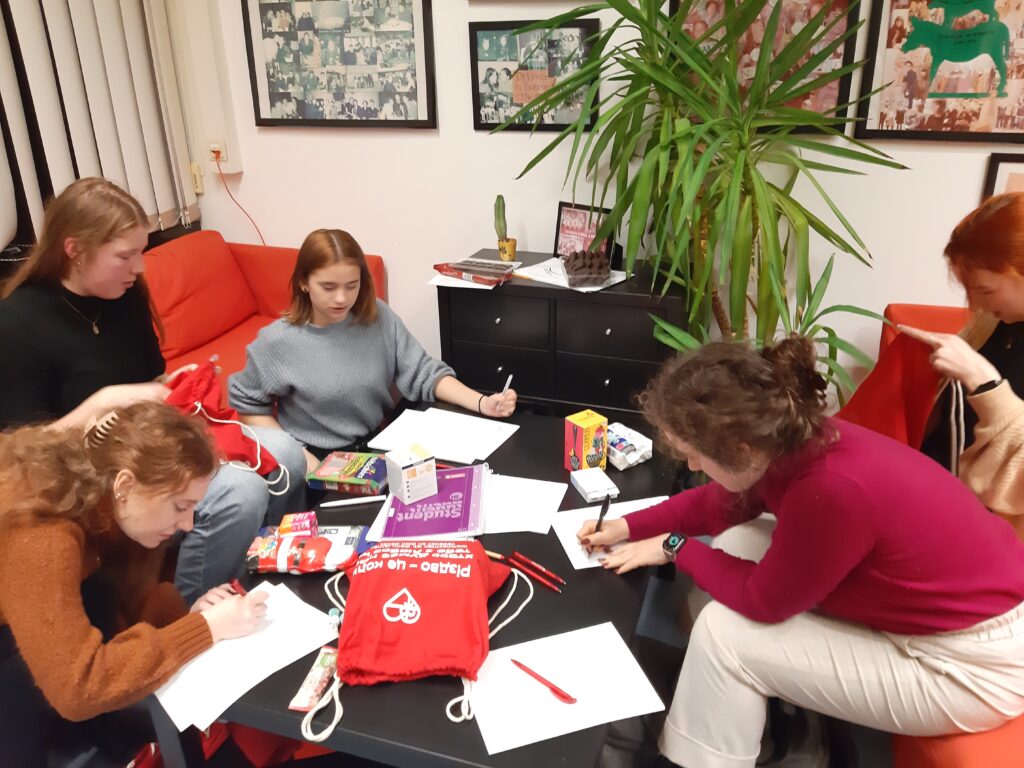
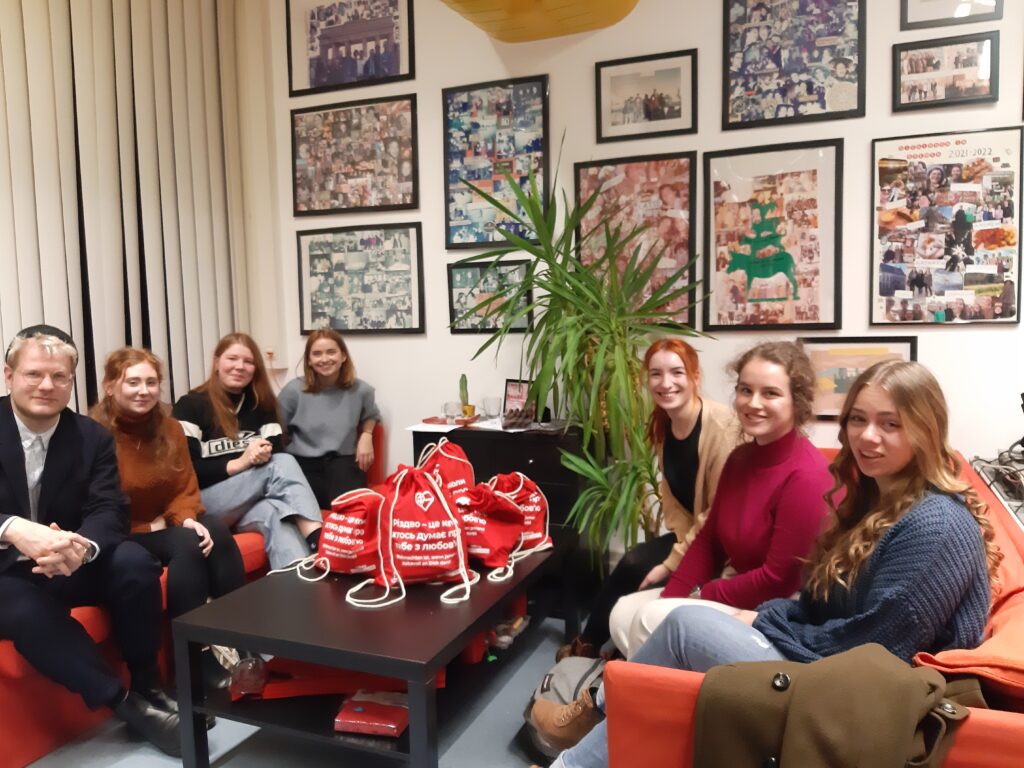

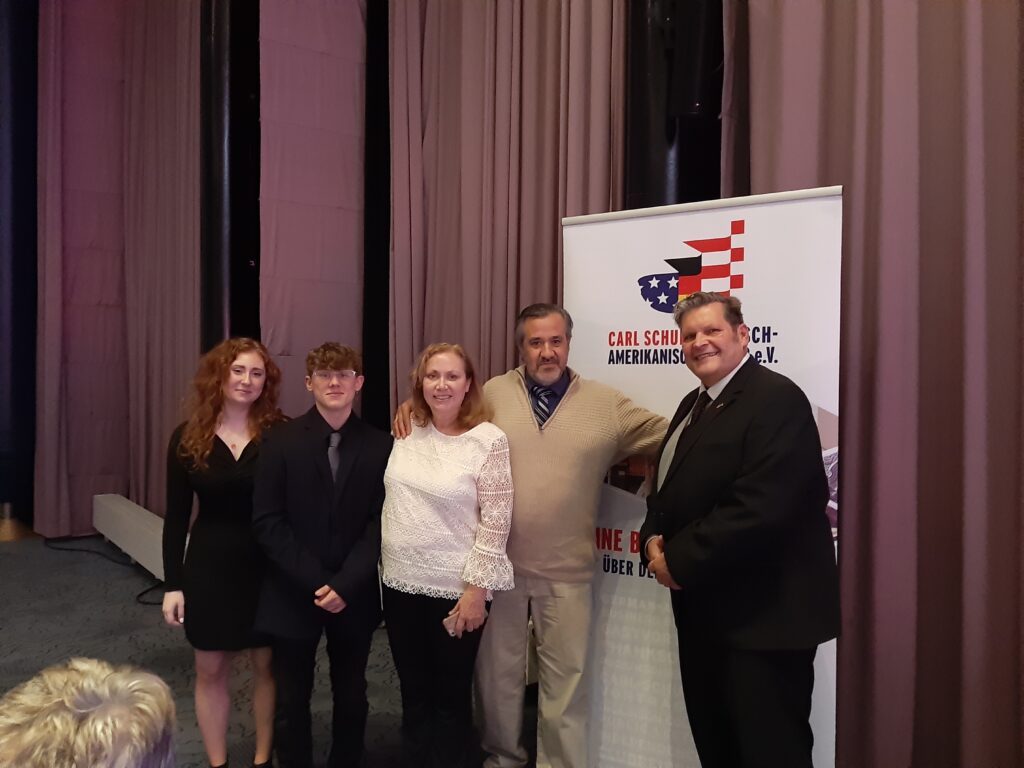
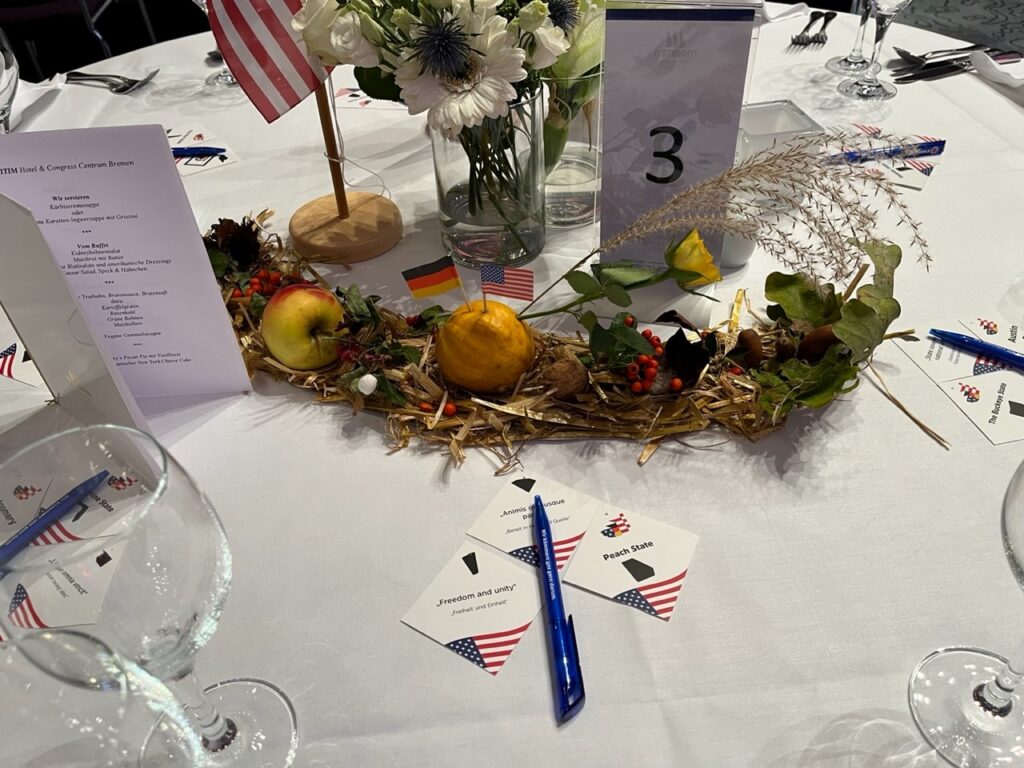
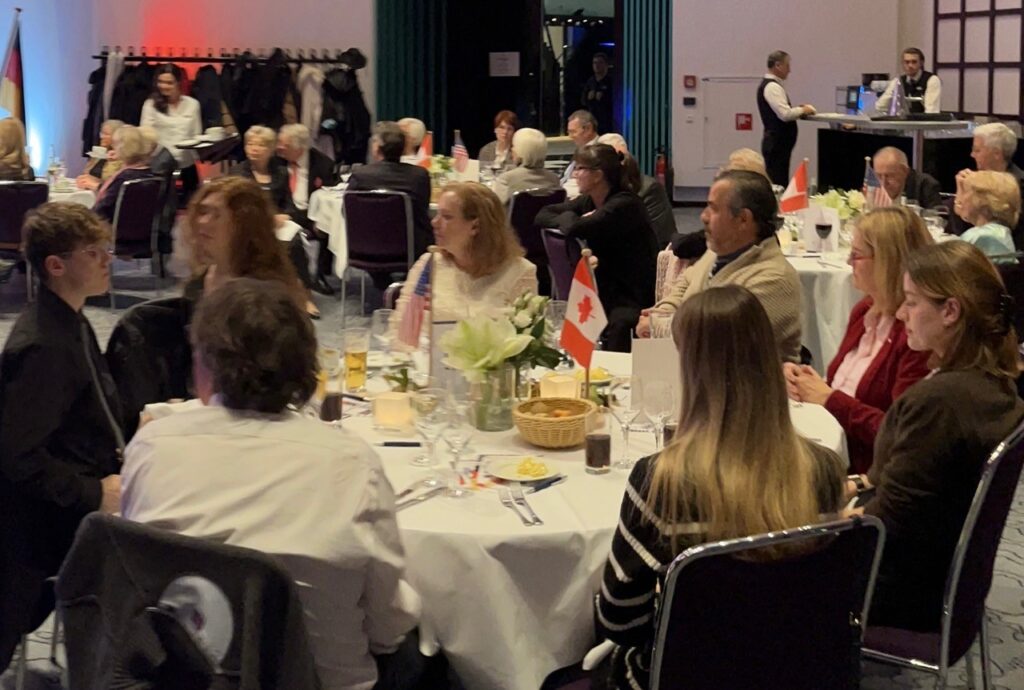
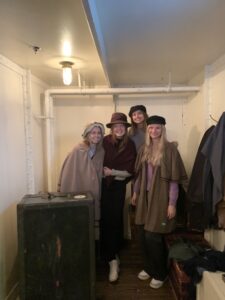
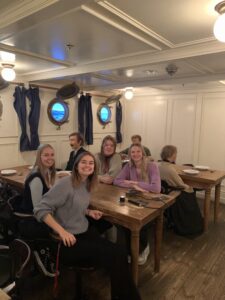
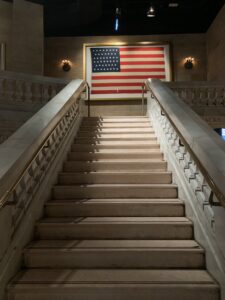




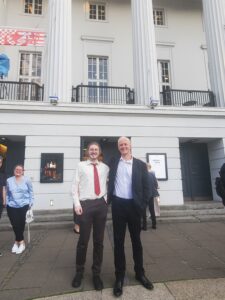 classic German musical play “Die Dreigroschenoper” (The Threepenny Opera), written by Bertolt Brecht with music composed by Kurt Weill and first performed in Berlin in 1928. This was our first time attending a theatrical performance in Bremen. Having only read a brief synopsis of the narrative beforehand, we came to find that the production was much less of what one might expect from an opera but rather a musical supported by a modestly sized jazz ensemble (with no conductor!). I wouldn’t call myself an avid musical goer, but I was enthralled by the lively assortment of characters and fantastic music.
classic German musical play “Die Dreigroschenoper” (The Threepenny Opera), written by Bertolt Brecht with music composed by Kurt Weill and first performed in Berlin in 1928. This was our first time attending a theatrical performance in Bremen. Having only read a brief synopsis of the narrative beforehand, we came to find that the production was much less of what one might expect from an opera but rather a musical supported by a modestly sized jazz ensemble (with no conductor!). I wouldn’t call myself an avid musical goer, but I was enthralled by the lively assortment of characters and fantastic music. I was stunned by the singing voices of Polly and Macheath, whose dialogue and ballads easily stole the stage whenever they appeared. In between these moving scenes Evan and I couldn’t help but chuckle at every move of the corrupt chief of police “Tiger” who broke the fourth wall by having a short interaction with the drummer, breaking one of their cymbals. I also found it heartwarming that since it was the last performance of this production, the director bade thoughtful farewells to several cast members leaving the theater company. Later that evening I couldn’t help but hum ‘Die Moritat von Mackie Messer’ to myself.
I was stunned by the singing voices of Polly and Macheath, whose dialogue and ballads easily stole the stage whenever they appeared. In between these moving scenes Evan and I couldn’t help but chuckle at every move of the corrupt chief of police “Tiger” who broke the fourth wall by having a short interaction with the drummer, breaking one of their cymbals. I also found it heartwarming that since it was the last performance of this production, the director bade thoughtful farewells to several cast members leaving the theater company. Later that evening I couldn’t help but hum ‘Die Moritat von Mackie Messer’ to myself.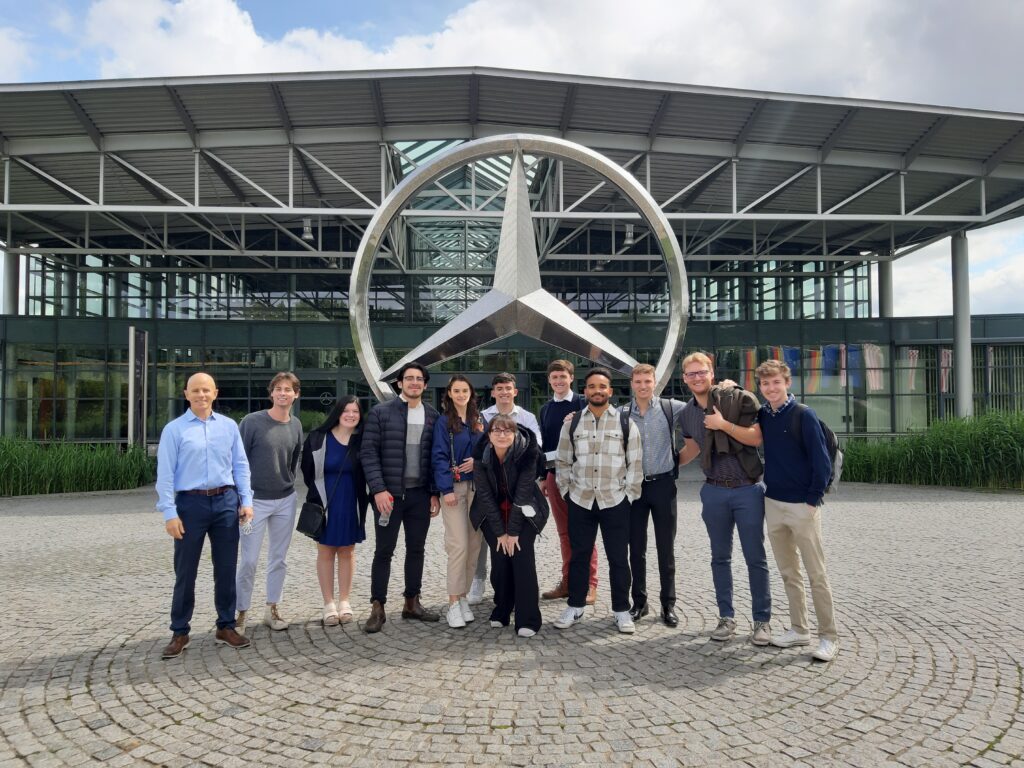
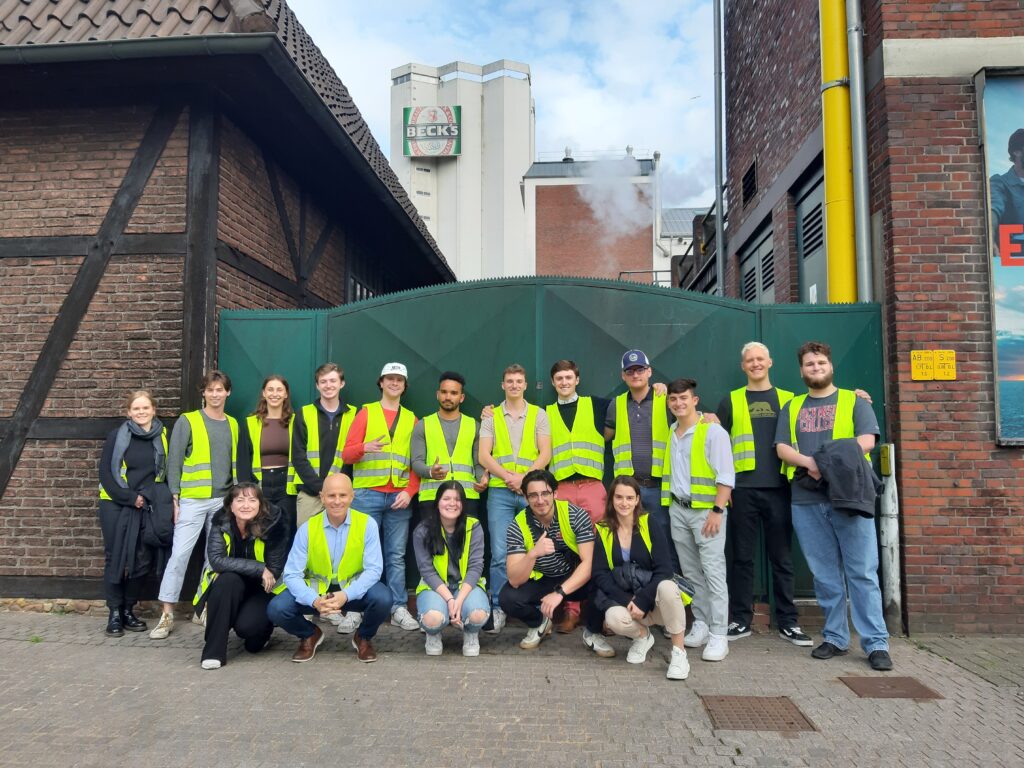
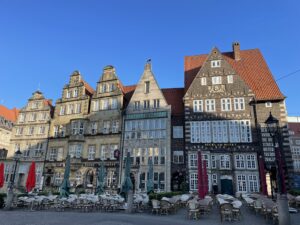
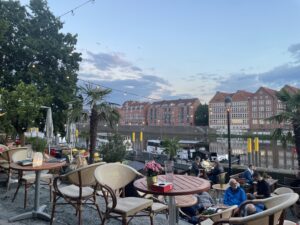 “I was initially very nervous about traveling to Germany. Not only had I never traveled out of the country, but I also didn’t know any German. Sophie’s expertise (an exchange student from Bremen University) calmed my nerves a bit, but I was still anxious about the trip.
“I was initially very nervous about traveling to Germany. Not only had I never traveled out of the country, but I also didn’t know any German. Sophie’s expertise (an exchange student from Bremen University) calmed my nerves a bit, but I was still anxious about the trip.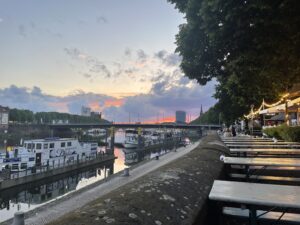
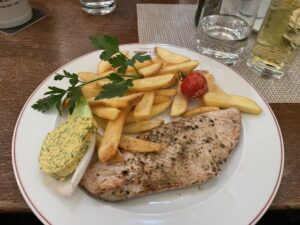 respectful manner.
respectful manner.